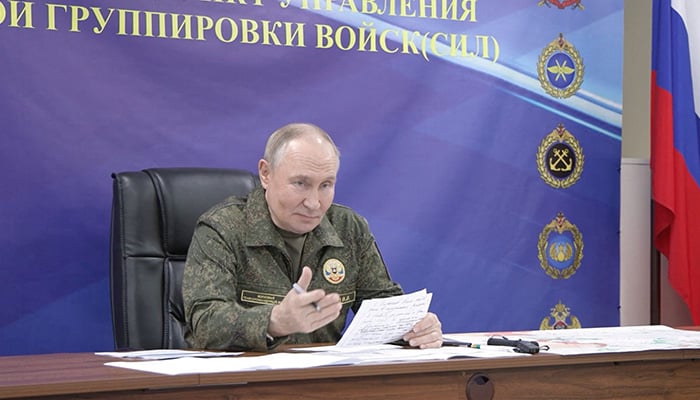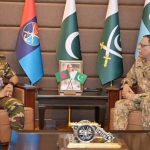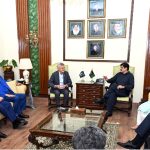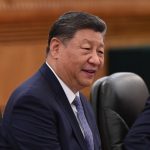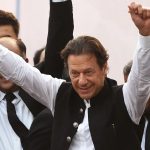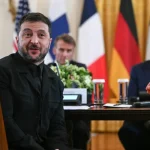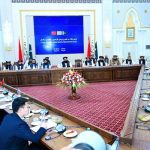Burevestnik Missile Test Successfully Conducted by Russia
In a significant strategic announcement, President Vladimir Putin confirmed that Russia has successfully completed a Burevestnik missile test. The weapon, a nuclear-powered and nuclear-capable cruise missile, is touted by Moscow as being capable of penetrating any existing defense system. Putin stated that the development program will now proceed toward deployment. This announcement, coupled with a recent nuclear forces drill, is framed as a direct message that Russia will not succumb to Western pressure regarding the conflict in Ukraine, even as the United States adopts a firmer stance.
During a meeting with senior military commanders overseeing the war effort, President Putin was briefed on the test’s specifics. General Valery Gerasimov, Chief of the General Staff of Russia’s armed forces, reported that the October 21st test saw the missile travel approximately 14,000 kilometers (8,700 miles) during a flight lasting around 15 hours. The Russian leader, who was dressed in camouflage fatigues for the meeting, described the Burevestnik as a “unique weapon which nobody else in the world has,” according to a Kremlin-released transcript.
A Weapon Designed to be “Invincible”
Russian authorities claim the 9M730 Burevestnik—codenamed “SSC-X-9 Skyfall” by NATO—represents a paradigm shift in missile technology. They assert it is “invincible” against current and future missile defense systems, attributing this to its nearly unlimited range, enabled by a nuclear propulsion system, and its unpredictable, low-altitude flight path. President Putin positioned the weapon as a strategic response to actions taken by the United States, specifically the development of a missile defense shield following Washington’s unilateral withdrawal from the 1972 Anti-Ballistic Missile Treaty in 2001, as well as the continued enlargement of the NATO alliance.
Putin revealed that Russian specialists had once been skeptical about the feasibility of such a weapon. He announced that its “crucial testing” phase has now been concluded, marking a pivotal milestone in the program. He then instructed General Gerasimov to determine the weapon’s formal classification and to begin preparing the necessary infrastructure for its eventual deployment.
Strategic Timing and a Message to the West
The timing of the test and its high-profile announcement are deeply interwoven with the ongoing geopolitical standoff over Ukraine. By making the declaration while meeting with generals directing the war, and just days after a major nuclear exercise, Putin is sending a calculated signal to the West, and particularly to the administration of U.S. President Donald Trump. For President Trump, who has previously characterized Russia as a “paper tiger,” the message is that Moscow remains a potent global military competitor, especially in the realm of nuclear arms, and that its overtures on arms control should be taken seriously.
The announcement also serves as a stark warning following reports that the United States has lifted restrictions on Ukraine’s use of certain long-range missiles to strike targets within Russia. Putin had previously stated that any attacks on Russian territory would elicit a “very serious, if not overwhelming” response. Kremlin spokesman Dmitry Peskov reiterated this position in separate comments, reinforcing the deterrent message conveyed by the Burevestnik test.
Reinforcing Nuclear Readiness and Battlefield Claims
General Gerasimov provided further technical details, confirming that the Burevestnik missile had flown on nuclear power and emphasizing that this long-distance test was distinct and proved its ability to defeat any anti-missile defenses. This test followed a comprehensive exercise of Russia’s strategic nuclear forces on Wednesday, which involved practice launches of Yars and Sineva intercontinental ballistic missiles from land and sea, as well as two Kh-102 air-launched cruise missiles. President Putin declared that the “modernity of our nuclear deterrent forces is at the highest level,” surpassing that of any other nuclear power.
Shifting focus to the ongoing conflict, General Gerasimov also provided an update from the front lines. He claimed that Russian forces have successfully encircled a significant number of Ukrainian soldiers in the area around Pokrovsk in the Donetsk region. He further stated that Russian troops are advancing in the Kharkiv, Dnipropetrovsk, and Zaporizhzhia regions, portraying a picture of sustained military pressure across a broad front.


